Two days ago, Observer Jun attended a special movie premiere.
It is special because this film is not a new film in the traditional sense.
It is an old classic that has been reborn with the help of new technology — —
The first black-and-white 4K restoration feature film "Never Gone Radio Wave" jointly produced by CCTV Video and China Film Archive.
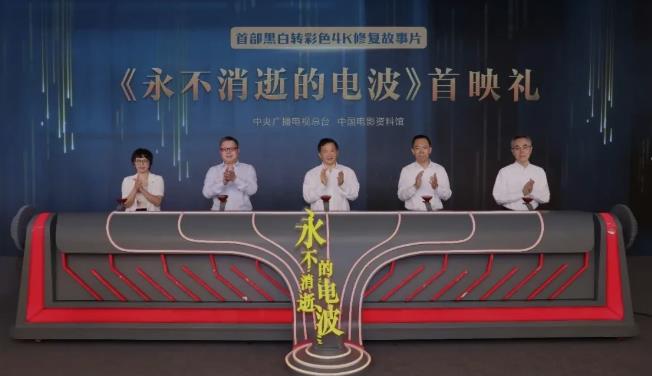
Film premiere scene
At the premiere ceremony, a promotional film with restoration effect was played on the big screen, and the black-and-white picture changed from blurred black and white to clear color.
After watching it, Observer Jun suddenly understood why Tian Hua, a 93-year-old performance artist, was so excited at the opening ceremony of the Beijing International Film Festival:
"Too fresh! It’s so vivid ‘ Color ’ Teacher Sun Daolin is so handsome! This kind of shock can only be completely felt on the big screen. "
Knowing that the restored film will be released on October 6, I observed that Jun did one thing immediately after the premiere — — Find the small partners of the project repair team and "force" them to "confess". How did you repair the film so vividly?
How did you do it? Did you really use magic? Don’t worry, and listen to the observation gentleman to tell you in detail!
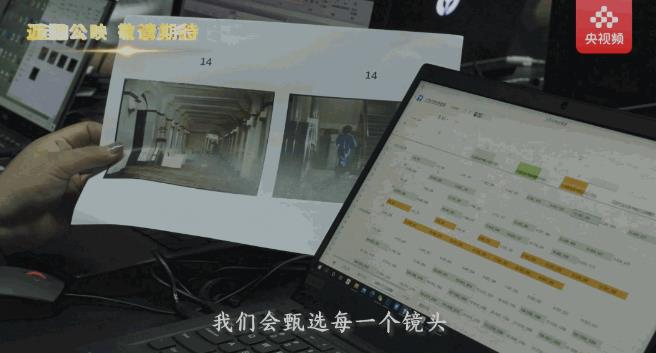
Repair the coloring process
4K power:
Repairing as old can rejuvenate you.
"Never Gone Radio Wave" was filmed in 1958. At that time, film was the original carrier of movies. Sixty-three years have passed, and after years of precipitation, this film has also left traces of time — —
Because of the age, there are many problems on the film, such as dust, dirt, mildew, fading, image jitter, scratches, flicker, noise, discoloration, blurring and so on. Therefore, it is necessary to adopt digital film restoration and processing technology to deal with them, so as to obtain higher image quality.

Damaged film specimen
The intention of restoration, on the one hand, is to "repair the old as the old". With the help of digital restoration technology, the lost image on the old film can be restored to the original "taste" of the film as much as possible.
On the other hand, it is to make old films "rejuvenate" and be able to enter the cinema again. The resolution of the original film is 5460*4250, but with the erosion of time, the quality of the film base will react chemically. Under the existing technical conditions, the resolution of 4K is an ideal state for film restoration.
Before 2017, the digital restoration of old movies in China mostly followed the 2K standard. The 4K resolution is based on the 2K resolution, which fully increases the picture information by 4 times.
Therefore, before the repair, each frame of the picture must be magnified by the repairman four times before the damage can be seen clearly.
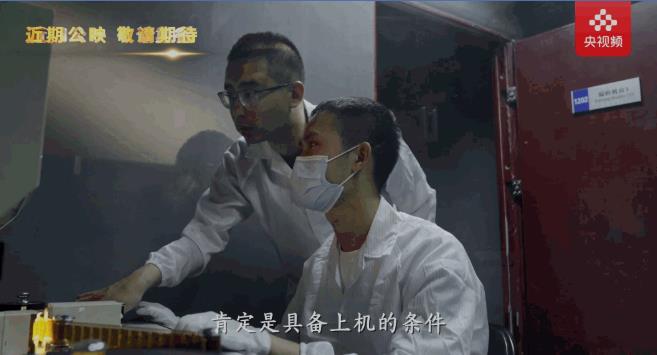
The repairman checks the film.
For the more serious and complicated damage, it is even necessary to extract some materials, and after careful observation and analysis in the appraisal theater, further decide how to repair it and what software to use.
For some special damaged pictures, the repairman must transfer the single frame of the picture to the later special effects software, and use the special effects function to realize 4K repair, restore the original flavor of the film, and restore the new life if it is old.
Triple repair:
What is the experience of clicking the mouse 20 thousand times a day?
The restoration of classic movies is generally divided into three stages: physical restoration, digital restoration and artistic restoration. The first two can be classified as technical repair.
The so-called physical restoration, the main task is to remove impurities from the picture, restore the visual texture of the picture at the beginning of production, and bring more comfortable and clearer visual experience to the audience.
Friends can refer to the movie One Second, where the projectionist played by Fan Wei washes and repairs the film by hand.

Film One Second hand-washed film screen
The original wrinkled film can be clearly shown again after proper scrubbing and drying. However, in the film, the copy volume was repaired, and this time, "Never Gone Radio Wave" repaired the original film background.
Digital restoration is to digitize the film, which is the largest stage of the whole restoration process. As mentioned in the previous part, after the film is digitally scanned, 4K digital restoration technology is used to deal with various problems such as mildew, fading, image jitter, scratches, flicker, noise, discoloration and blur frame by frame.
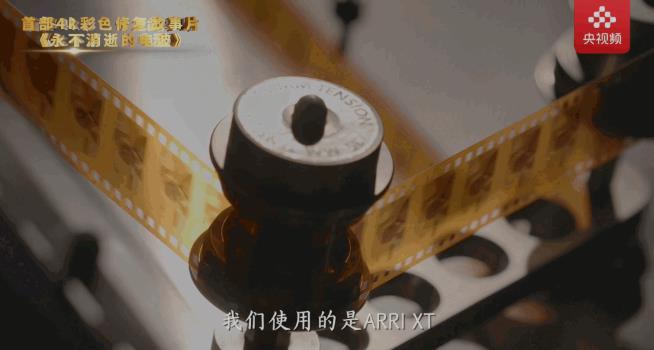
Scanning film
Each restorer clicks the mouse at least 20 thousand times a day. From this point of view, film restoration needs patience and professionalism.
The repair time of a frame is as short as a few seconds, and as long as several hours or even days. The total duration of "Never Gone Radio Wave" is 116 minutes, and the whole film has 165,000 frames. With such a huge amount of work, people who can persist must have a heart that loves movies.
Film restoration is a technical activity, which also needs creative aesthetics. When the physical restoration and digital restoration are over, the film restoration will reach a higher level — — Art restoration.
That is, follow the principle of "repairing the old as before" and try to restore the film to the maximum extent.
Specifically: the granularity of the film picture, the tone of the film with a sense of time, the color of clothes, the shadow of tables and chairs, the color of people’s skin, the depth of field of the lens and so on.
Every place should be reproduced in combination with the original style of the old movie. The person who knows this film best is the creator of that year. To this end, the project restoration team invited the film’s creative staff to the scene as much as possible to guide, try to find the director and photographer at that time, follow their ideas, and determine the restoration standards.
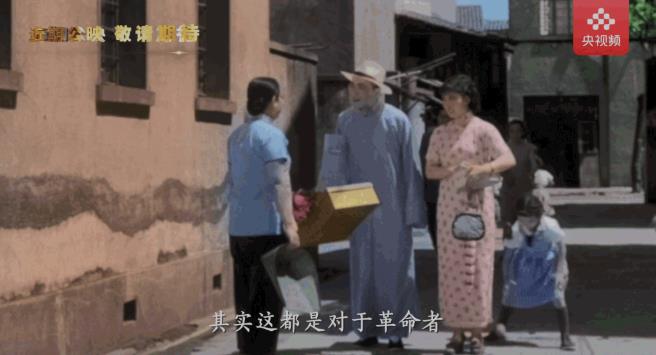
Comparison before and after repair
Black and white to color:
In addition to AI, there is more ingenious "color archaeology"
"Never Gone Radio Wave" was originally a black-and-white film. To achieve complete restoration, it is necessary to convert the black-and-white image into a color image through AI and artificial coloring technology after completing the triple restoration.

Comparison before and after repair
This time, the restoration team combined the human-computer interactive AI coloring with independent intellectual property rights in China with traditional restoration techniques to restore and color the original black-and-white image of the film frame by frame.
AI has greatly improved the overall work efficiency, but the soul of repair still needs artificial ingenuity. Because there are so many complex elements in focus plane, the current AI technology has limited ability to identify complex objects, and it is often impossible to track the details of moving side face and hand shape changes. At this time, it is necessary to manually solve them frame by frame.
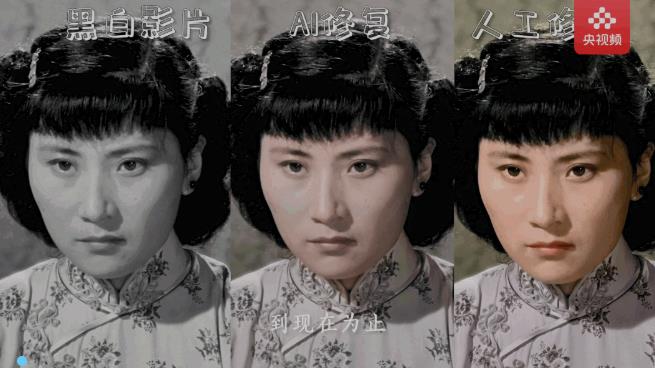
Comparison between AI and artificial coloring effect
In order to make the color of the film more accurate and appropriate, the project restoration team composed of Central Video and Film Archive also launched a large-scale "color archaeology".
In the film, Bai Lijun, the liaison officer of the underground party, was waiting for the elevator in the Peace Hotel. The lens hurriedly swept a decoration, and the material could not be seen in the black and white environment. The repair team specially contacted Shanghai Peace Hotel and finally determined that it should be the color of blue and white porcelain.
In order to determine the color of the cheongsam that appears many times in the film, the team specially visited the non-genetic inheritor of the traditional cheongsam in China, and judged the color through the material, lightness and technology, thus giving the cheongsam of the female role in the film a three-dimensional sense, gloss and texture again.
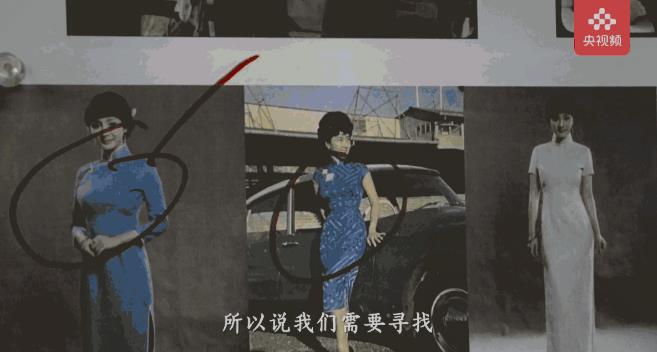
Refer to a large number of cheongsam materials
In order to verify the cover color of the thread-bound book A Dream of Red Mansions, which was used by the leading actor Li Xia to transmit information, the team specially invited experts from the Dream of Red Mansions Society, and finally decided that the cover should be the light blue cover of the lead-printed book at that time.
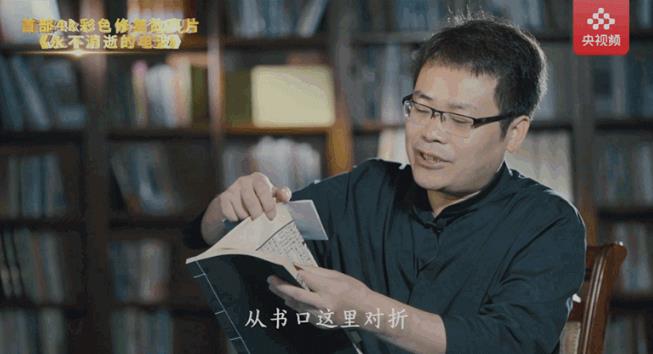
Experts analyze the cover color of A Dream of Red Mansions in the film
In order to color the lips of female characters in the film, the team studied in detail the brightness differences of reddish, vermilion and crimson in black and white pictures, comprehensively considered the role identity and character characteristics, and matched female characters in different camps and stages with bright or elegant colors.
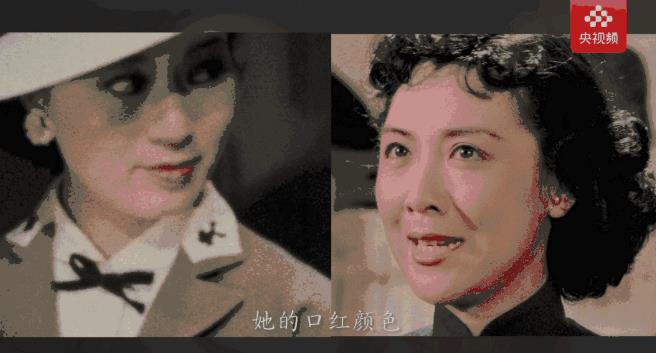
Consider the characteristics of female roles
Rebuilding "hearing":
5.1 surround sound, to achieve real sound immersive.
When the picture is upgraded to 4K, the sound quality will naturally be repaired simultaneously to meet the current cinema screening standards.
Generally speaking, movies divide sounds into five categories: dialogue, environmental atmosphere, special effects, onomatopoeia and music. The project repair team must first separate all kinds of sounds, then remove the noise, and then re-complete the mixing recording according to the sound phase of the picture.
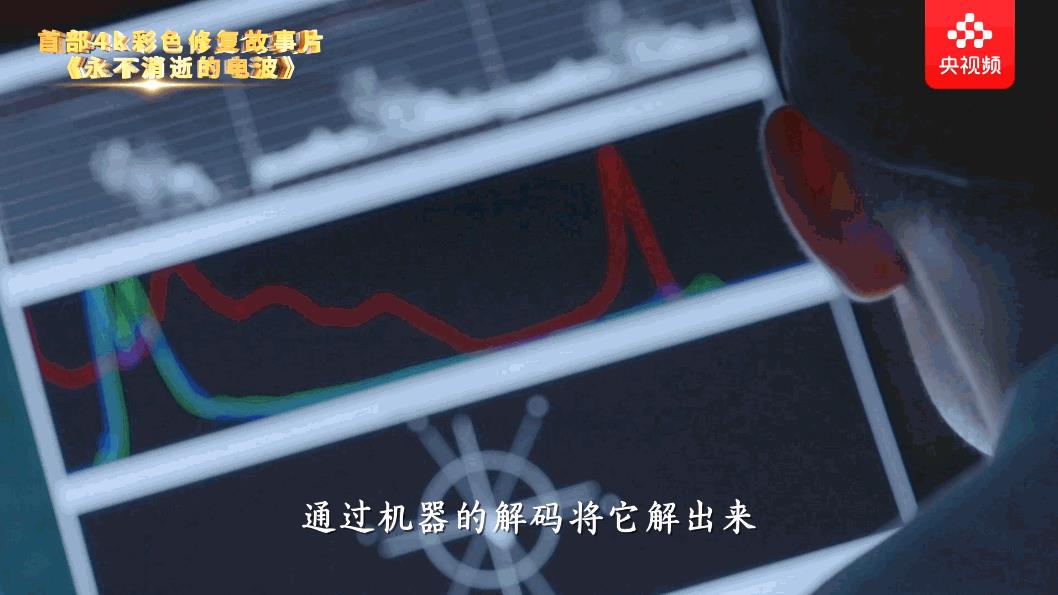
Sound restoration process
At the same time, according to the picture, the ambient sound is supplemented to enrich the indoor ambient sound, so that the hearing is more telepresence, and the sound is used to supplement the picture for the second time, adding some human voice environmental effects.
In the end, the black-and-white to color 4K restoration version of "Never Gone Radio Wave" was converted from the original stereo to 5.1 surround sound.
When watching in the cinema, we will feel a more realistic sound field, and we can appreciate the soul-stirring of the hidden front in the revolutionary era.
As the first film in New China about the hero of the Party’s hidden front, The Never-Gone Radio Wave is almost the "model" of all the domestic spy films.
Li Xia, played by Mr. Sun Daolin, has influenced generations of Chinese with his image of Communist party member, which is optimistic, resolute, fearless and courageous.
Good movies and true heroes should not and cannot be buried by time and space.
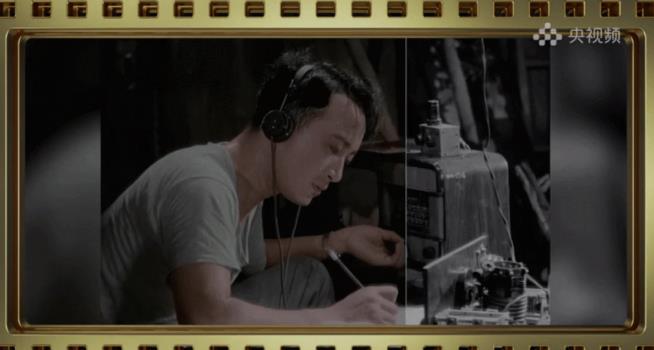
Sun Daolin plays Li Xia.
Although film restoration doesn’t need high-intensity and orderly cooperation like shooting on the set, it still needs a clear division of labor and seamless cooperation.
The project restoration team dispatched hundreds of people before and after, and it took seven months to finally complete the restoration of 165,000 black-and-white images of Never Died Radio.
Chunhua Qiushi, staying up late again and again, comparing frame by frame, and making a little adjustment, finally handed over this answer sheet with renewed vitality.
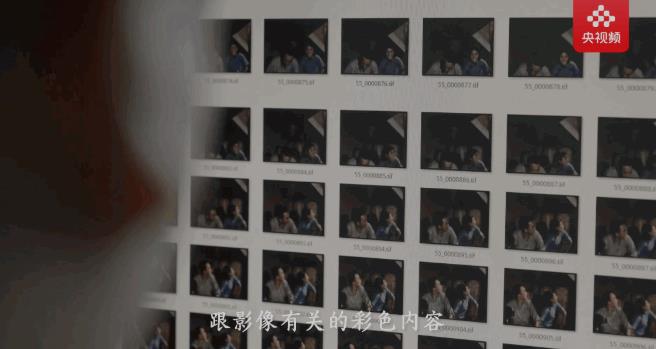
Repair the coloring process
Every frame, every second, is a tribute to the hero and a call for fine works of art.
On October 6th, in the golden autumn season, Observer Jun invited you to walk into the cinema together to see the brand-new scenery of this red classic!
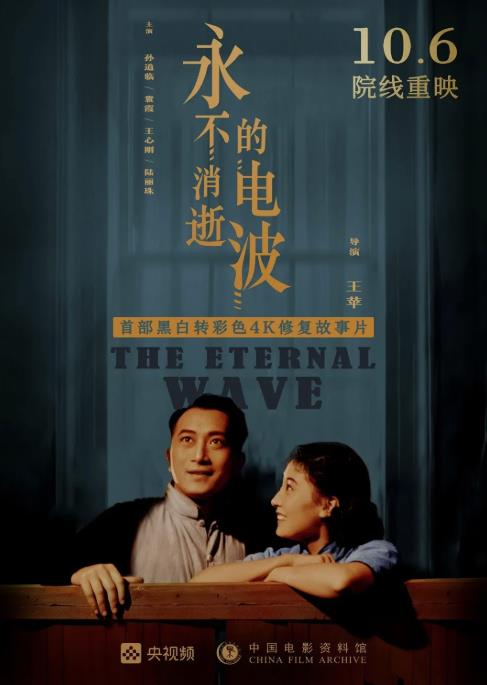
Producer ▏ Fan Yun Yang Hua Yang Jihong Zhang Lisheng
Editor ▏ Xu Chaoqing Wang Jian Liu Shuang Lian Xinyuan Yan Shuang
Editor-in-Chief: Zhang Yadong Cui Yahua
Written by Zhang Haitian
Material ▏ Gong Taoran
Editor Sun Jiatong Zhang Haoran Zhang Tao